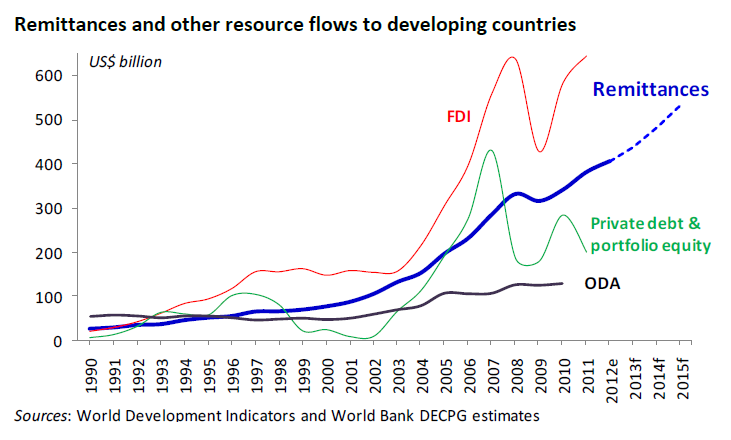Walmart opened its first store in Rogers, Arkansas, back in 1962. From there it spread slowly through the South East. By 1986, twenty five years later, Walmart had 817 stores in the continental U.S. As of 2010, Walmart had 4,384 stores covering the entire country, including Hawaii, Alaska and Puerto Rico, but heavily concentrated in the East Coast and part of the Mid West.
Walmart is the world’s third largest public corporation, preceded only by Dutch Shell Company y Exxon Mobil.
For the interactive map, visit: Flowing Data: Watching the growth of Walmart










